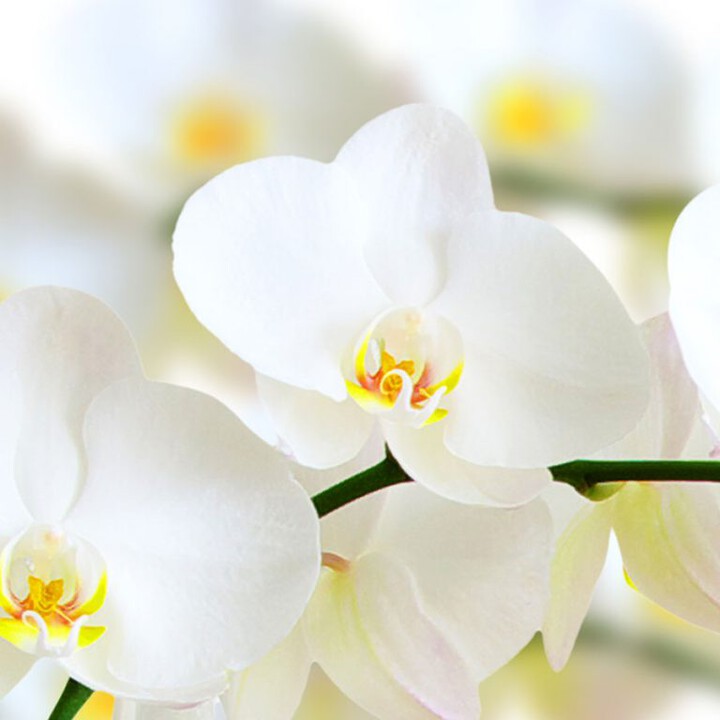
While we all love to look at our Phalaenopsis orchid, few of us are aware of exactly how to look after one to ensure it continues to thrive.
It’s time to put the myths to rest and establish the facts.
·What’s in the name?
Also known as the Moth Orchid, the Phalaenopsis is the most common orchid for UK homeowners, simply because it’s widely available. It’s also relatively easy to grow … or so they claim.
·Where should you put it?
As a Phalaenopsis owner, you’ll soon see that these flowers absolutely love living on the windowsill. This gives them constant access to light and moisture; two things they need the most.
To check your orchid is getting enough sunlight, look at the leaves. Bright green leaves are the sign of a healthy Phalaenopsis while dark green indicates too little light and reddish-green too much light.
·How does it grow?
Your Phalaenopsis will grow one or two new leaves every year. Once this has taken place – normally during spring – a bloom spike will emerge beneath the second or third leaf from the top.
At this time you may want to move the plant away from direct sunlight to encourage flowering. Humid positions are still the most favourable though so dont put it completely in the dark.
·How much watering does it need?
Many of us think that orchids must be watered several times a week as they’re native to tropical rainforests but actually if you water your orchid too often the roots will die.
Instead, give your Phalaenopsis a sprinkling every 5-12 days depending on the time of year (more often in summer and less frequently in winter).
·Does your orchid need feeding?
It is highly recommended that you purchase specialised orchid food to keep your Phalaenopsis fit and healthy. This will ensure your plant is getting the nutrients and vitamins it needs and will prolong its life while also making its petals more vibrant.
You don’t need to use orchid feeds all year round though and most advise you to apply them just once or twice a year and not during the winter months when growth slows anyway. These feeds usually work as drip feeders which provide a continuous supply of nutrients over a long time frame.
·How long should the flowers last for?
Phalaenopsis’ are one of the longest blooming orchids in the world; producing flowers that can last 2-6 months before dropping. They’re also known to bloom 2-3 times every year, meaning you’re likely to always have a flowering orchid in your home.
After your orchid has flowered for the first time, simply cut the stem just above the node where the flower first bloomed. You should see a new flower begin to stem within two months of doing this but don’t worry if it takes a little longer. As long as the leaves are a healthy colour you still have a healthy plant.
·How can you cope with orchid pests?
If your orchid is kept outside then you may find snails and slugs hidden in the potting area and eating young root tips. They also have a tendency of coming out at night to chew on the leaves and stems so always remove them and take measures to prevent them from infecting your plant.
Other insects which will just love your orchid include aphids and thrips. Mealybugs will also attack the leaves and stem. A range of natural pesticides can be used to get rid of these little nasties.
·When should you repot a Phalaenopsis orchid?
You’ll probably have to repot your orchid every 18-24 months as the roots will begin needing additional space.
You should be using a specialist potting or sphagnum mix and it’s also recommended that you use a clay pot rather than plastic as this will allow for plenty of air transmission so your beloved orchid can breathe.
Get your orchid today
Now that you’re aware of just about every tip in the book when it comes to keeping your Phalaenopsis alive, there’s no reason your orchid won’t become a permanent member of your household. You’ll find plenty of great orchids available to buy online including the beautiful Phalaenopsis in shades of white, pink or yellow, all with free delivery.